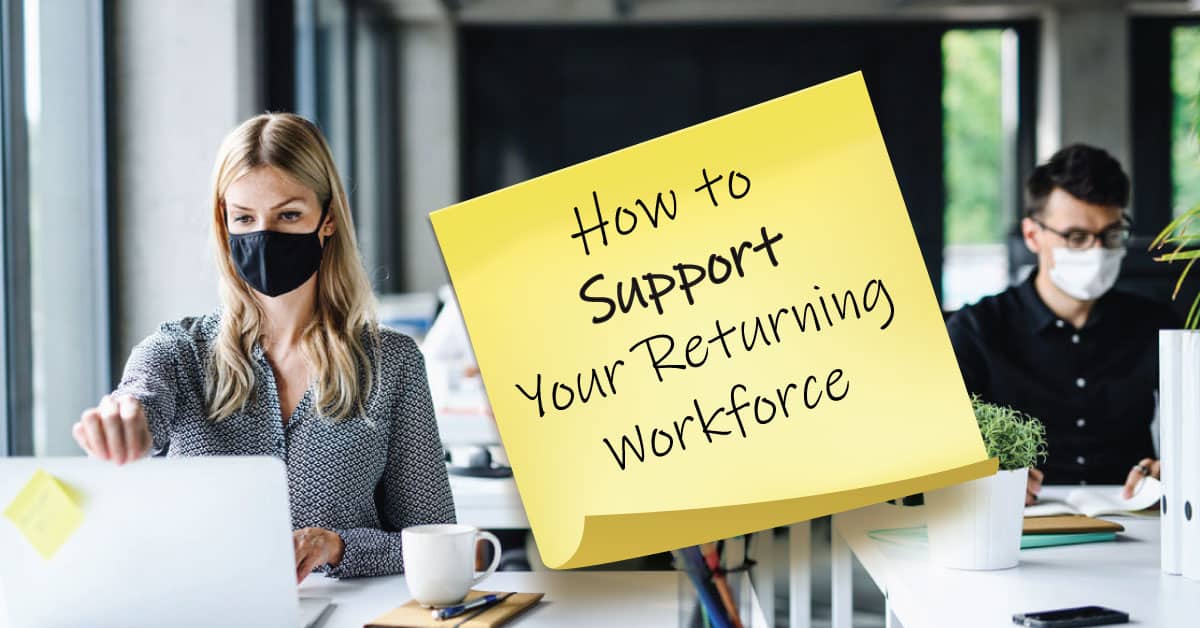
Do You Suffer From FONO?
No, it’s not a type-o, nor is it to be confused with its close relative, FOMO. In fact, it’s the exact opposite of FOMO (Fear of Missing Out). FONO is the Fear of Normal. The social anxiety caused by the stress about getting back to pre-pandemic ‘normal’.
My initial reaction was, “you’ve got to be kidding”. But the more I thought about it and the more I considered my own experience and I totally got it. Regardless of whether you consider yourself introverted or extroverted, humans are social beings; we need human connection. And the past year has challenged all of us. Many of us have lived in fear of being around people outside of our homes or small social ‘bubbles’. Our homes were transformed from a place of comfort and solitude to a place of safety and shelter (and workplaces and schools!) from the pandemic. Routine activities like leaving our homes to shop, dine at restaurants, or gather with friends were either eliminated completely or drastically reduced. As the world begins the journey to reopen, many of us are faced with varying levels of social anxiety.
In addition to returning to ‘normal’ in our personal lives, there are big adjustments that we’re facing in our professional lives. With many people furloughed or working from home, organizations are now faced with making decisions on what the ‘return to office’ strategy will be. Some organizations are opting to stay the course with remote working, some are calling their employees back into the office and some are going with a hybrid approach. Regardless of the strategy, there will be discomfort among returning employees as they relearn and readjust to our post-pandemic lives.
As an organization, there are things you can do to proactively support your people:
The Cost of Ignoring FONO
We’ve been reading a lot about it – employees are leaving their jobs in record numbers. According to Josh Bersin, the cost of losing an employee is about 2X an employee’s salary (and as much as tens of thousands of dollars!). Great talent is hard to find so you need to hold on to your best and brightest.


